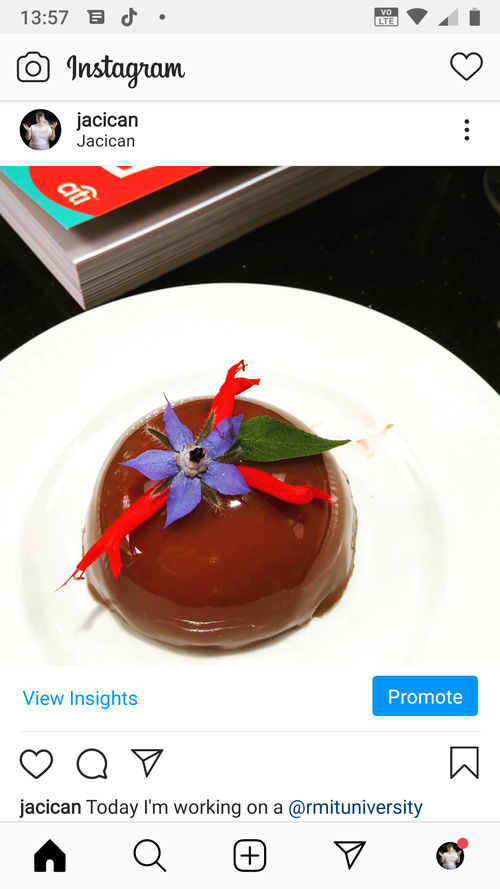
Writing in your notebook, being mistaken for a restaurant reviewer. Source: Jacican
Something serious food lovers are missing during social distancing is sitting in a restaurant that has a score of 14 or more in the Good Food Guide, writing in a notebook, being mistaken for a restaurant reviewer.

Good Food Guide 2020 – Print edition, Source: Jacican
Fairfax Media, Good Food Guide, Victorian Editor, Roslyn Grundy reveals how Good Food Guide journalists write reviews in a way that they could be mistaken as a restaurant reviewer.
“We operate [Good Food] on the idea that we want to tell people about a place that they do want to go to, rather than the places they don’t want to go,” Grundy said.
Other reviewers take a different approach; with The Guardian journalist, Jay Rayner, saying of his negative review of Le Cinq that he was “just doing my job.”
“The assumption is that I wrote such a brutal piece – I described the décor as being a mixture of “taupe, biscuit and fuck you” and said most of the food was “the stuff of therapy” – to gain that sort of notoriety … My job is not to sell restaurants but to sell newspapers,” Rayner said in a 2018 article on the review.
The editorial decision Grundy takes when a reviewer has had a lackluster meal is different, thinking more about what the reader will like.
“That model of running scathing reviews to get lots of clicks, it might work for some journalism, but it’s not the model we’ve adopted at Good Food.”
“We don’t think readers need to know about a place that they don’t want to go to. So, we choose not to review it,” she said.
With many restaurants appearing in the Good Food Guide over consecutive years, the first thing a reviewer needs to do is re-read the previous year’s review of that restaurant before going for a meal.
“You don’t want to be reviewing all of the same dishes as the previous year, making the same observations about the restaurant,” Grundy said.
“That would help you also figure out if there’s a signature dish that you probably should try. And we also asked the reviewer to read about the restaurant online, not necessarily other reviews (that might) kind of colour their judgment, but certainly to do some research on the restaurant’s website.”
Unlike the Le Cinq review, reviews in the Good Food guide are anonymous, with reviewers booking under an assumed name, paying for the meal themselves, then having the cost reimbursed from Nine [owners of Fairfax Media].
“They could be Joe Blow, or whoever it is, then they would only reveal themselves after they have visited when they ring the restaurant or restaurateur to ask questions to verify factual details,” Ms. Grundy said.
“There is no longer the need to dart ‘off to the loo’ between courses to take surreptitious notes,” she commented.
“With many diners aspiring as reviewers and on their phone, you can take notes and photos on your phone,” Grundy said.
The hard part is reviewers having to capture the restaurant experience into 160 words.
Grundy asks the reviewers to paint a snapshot of the restaurant, evoking what it was like when they were there, to give the readers enough clues, so that they can picture themselves there and decide then, “is this the sort of place I would like to visit or not the sort of place I would like to visit?”.
Once social distancing finishes, we are all looking forward to returning to restaurants we would like to visit, taking notes on our phone and being mistaken as restaurant reviewers.

Looking forward to returning to restaurants we would like to visit, taking notes on our phone and being mistaken as a restaurant reviewer.
Source: Jacican

We can all be restaurant reviewers, taking notes on our phone and post on Instagram.
Source: Jacican

